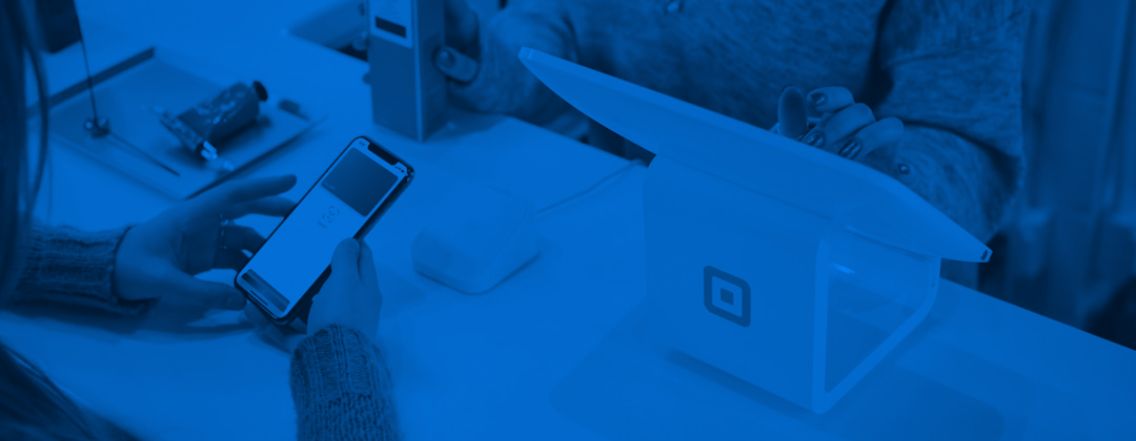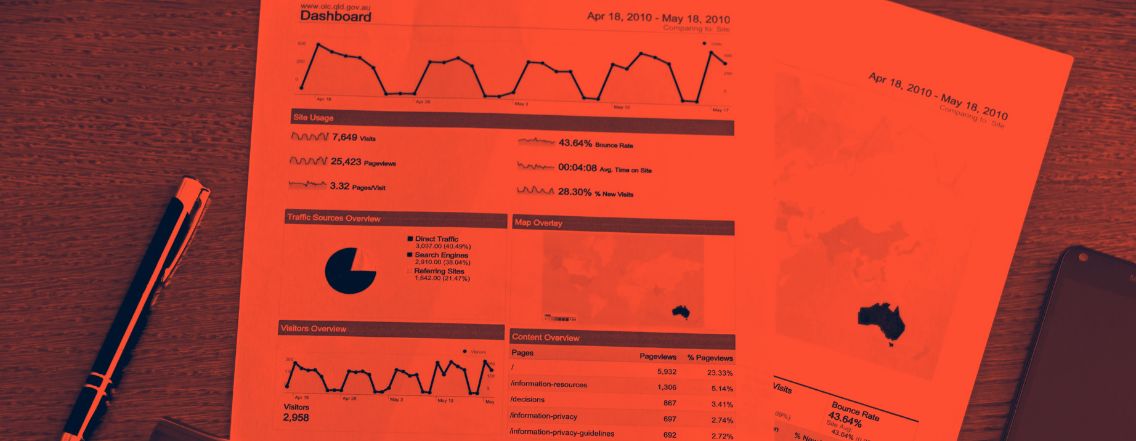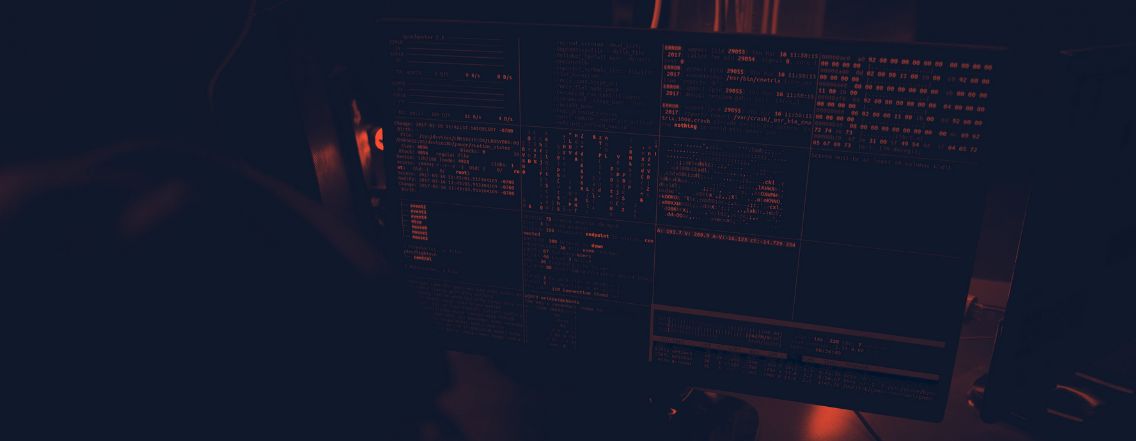We live in an era where digital payment transactions are multiplying, and security and speed have become major concerns, especially for merchants who interact daily with numerous end customers and payment actors, particularly in maintaining their cash flow.
But have you ever heard of the ISO 20022 standard?
If not, it’s important to familiarize yourself with it because it offers a solution for modernizing and harmonizing payments, providing significant benefits in data processing for all payment actors.
Where does this new standard, quietly making waves in the payments sector, come from?
Who are the affected stakeholders? Why is it called a migration, and what benefits does ISO 20022 bring?
Before focusing on the advantages of the ISO 20022 standard for merchants, let’s start with a brief introduction so you can grasp the main features of this new standard.
What is a messaging exchange Standard?
Beyond ISO 20022 itself, let’s start with the root of digital payments (regardless of the type of payment), namely exchange standards.
When a transfer or direct debit is issued through an exchange system called SWIFT, all data related to the payment is also exchanged (including the amount, currency, and information about the debtor/creditor) both nationally and internationally.
This data needs a specific structure and format, known as an exchange standard, to be interpreted by the receiving bank.
What are the features of the ISO 20022 Standard?
First and foremost, it’s important to understand that this is a standard developed by the International Organization for Standardization (ISO) to facilitate the exchange of banking messages (e.g., payments like transfers or SEPA direct debits).
ISO 20022 offers a significant advantage over previous standards: it allows, within a common framework across all banking institutions with a specific format, the provision of more precise and richer information when issuing or receiving a digital payment.
Here are the key points of the ISO 20022 standard:
- Standardization of payment data: With a common standardized format, companies can reduce the error and failure rates associated with payments, especially for businesses with international operations that may face different standards.
- Increased security: ISO 20022 includes specific security measures to control and protect the data exchanged between two stakeholders. Data protection means reduced fraud, which is a sensitive issue in the payments sector, as well as better risk management.
- Faster information processing: ISO 20022 allows the breakdown of information to the finest level possible. By simplifying processes, message processing becomes faster, reducing processing costs.
ISO 20022 Standard: Example of a use case
To help you visualize the impacts of the ISO 20022 standard, here’s a concrete example:
Have you ever noticed that the recipient’s address (for transfers and direct debits) differs depending on the recipient’s country (and similarly for the recipient’s bank’s country when this information is required)?
For a French address, the typical format might be:
15 rue Dupont
75015 Paris
France
This consists of the following fields:
- Number + Street
- Postal Code
- City
- Country
In the context of the migration to the ISO 20022 standard, addresses will need to be recorded with the most detailed and complete information, with optional or mandatory fields, to be usable across all countries.
Thus, the data stored in the ISO format will be as follows:
| Data (for example in French) | Type |
| Number | Optional |
| Street | Mandatory |
| Postal Code | Optional |
| City | Mandatory |
| Province | Optional |
| Country | Mandatory |
With this format (using XML in computing), all addresses can be processed with a standardized format that is understandable by all banking systems.
So, why are we talking about ISO 20022 Migration?
Let’s rewind history to help you understand the concept before diving into the migration itself.
Everything is based on a structure called SWIFT, founded in 1970, which today manages over 15 million operations (understand data exchanges between two banking stakeholders, for example, for SEPA direct debits) worldwide in a secure network.
SWIFT currently manages multiple exchange message formats (such as the standards preceding ISO 20022 migration like ISO 7775 and ISO 15022).
Financial institutions have heavily invested in setting up their information systems using existing standards, and while it is possible to replace one standard with another, as was the case with ISO 7775 and ISO 15022, it comes with significant costs.
A migration plan to ISO 20022 has been implemented by SWIFT.
This is a period during which different message formats will coexist and be processed until the migration to a single message exchange standard.
ISO 20022 Migration: What’s the implementation timeline?
Even though adopting the ISO 20022 standard offers substantial benefits for banks, the costs of such a migration with a new format raise several questions among payment industry players.
Indeed, this new format will impact the entire payment value chain, particularly banks, and represents significant investments in technology.
To facilitate the migration to the new ISO 20022 standard, SWIFT has proposed a 3-year transition period from 2022 to 2025, considering the impact on banking stakeholders.
Thus, the ISO 20022 migration contributes to transparency and facilitates the automated processing of payment transactions, which guarantees, for you as a merchant, a reduction in processing errors and minimizes erroneous, delayed, or rejected payments, though it’s essential to keep in mind the challenges ahead for 2025.




